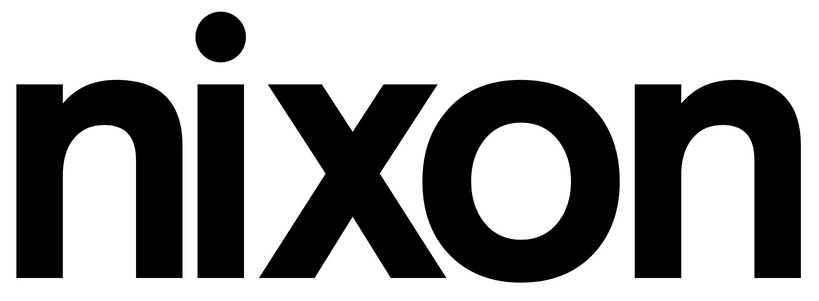Posted by Ryan Pascoe
In fact, many a client or new employee has quietly confessed that they don’t know what we’re talking about. As a starter, here’s a run-down of some of the main phrases you might hear us saying.
CMS: Content Management System
The CMS is how you manage the content of your site. There are two key parts to a CMS: the admin interface and the templating language. This might sound scary, but bear with me. From the admin interface you can do anything from adding and removing pages, creating blog posts like this and managing assets such as images and pdfs, to changing the entire layout of a page. The templating language is hidden behind the scenes and is in charge of displaying the CMS content to the user. Essentially, it’s how the technical processes are transformed to become visible as a website page.
Responsive design
Responsive design refers to the process of building a site that adapts to the device it’s viewed on. At its core, responsive design changes the page layout to adjust to the screen size, while font size and images can also change depending on the device and its dimensions.
Mobile first
Mobile first and responsive design go hand in hand. As the name suggests, mobile first is the process of building a site by starting with mobile or 'low-end' devices in mind. These are usually 'low' power or on slow Internet connections.
Progressive enhancement
Progressive enhancement is a process starting from a basic site that works on a wide range of devices. The content can then be enhanced by adding interactivity, animations and more complex layouts. This is important because the web is a fast moving ecosystem, with browsers bringing more and more new features with each release. By using these new features progressively, we can ensure we support older browsers for as long as possible.
Progressive enhancement also means that if a piece of code (a series of instructions for a computer to follow) on your site breaks, the user should still be able to access the content, although it’ll be missing some of its interactivity and visual finesse.
UX: User Experience
Almost every part of your site contributes to the overall user experience. UX starts from the moment the user accesses your site. Does it load quickly? Is it easy to navigate? Is everything where the user expects it to be? Does the text match the company’s overall tone? And most importantly, were the user’s needs satisfied? These are all questions you should ask yourself, as they all affect user experience. A site that’s been designed and developed with UX in mind will be easy to use and ultimately fulfill the goals of both the company and the visitor.
SEO: Search Engine Optimisation
Search Engine Optimisation is the process by which a website and its content are made to rank highly when entering keywords into a search engine. A whole host of factors contribute to the search ranking of your site, and an explanation of them all would require a blog post (or ten) just on this topic. At its heart, SEO is about making sure search engines can A) access the content on your site, and B) give your content context. Ultimately, it all comes down to making great content that users want to consume and will keep coming back to do so.
Think we’ve missed anything? Enter a comment in the box below or send us an email: contact@nixondesign.com

